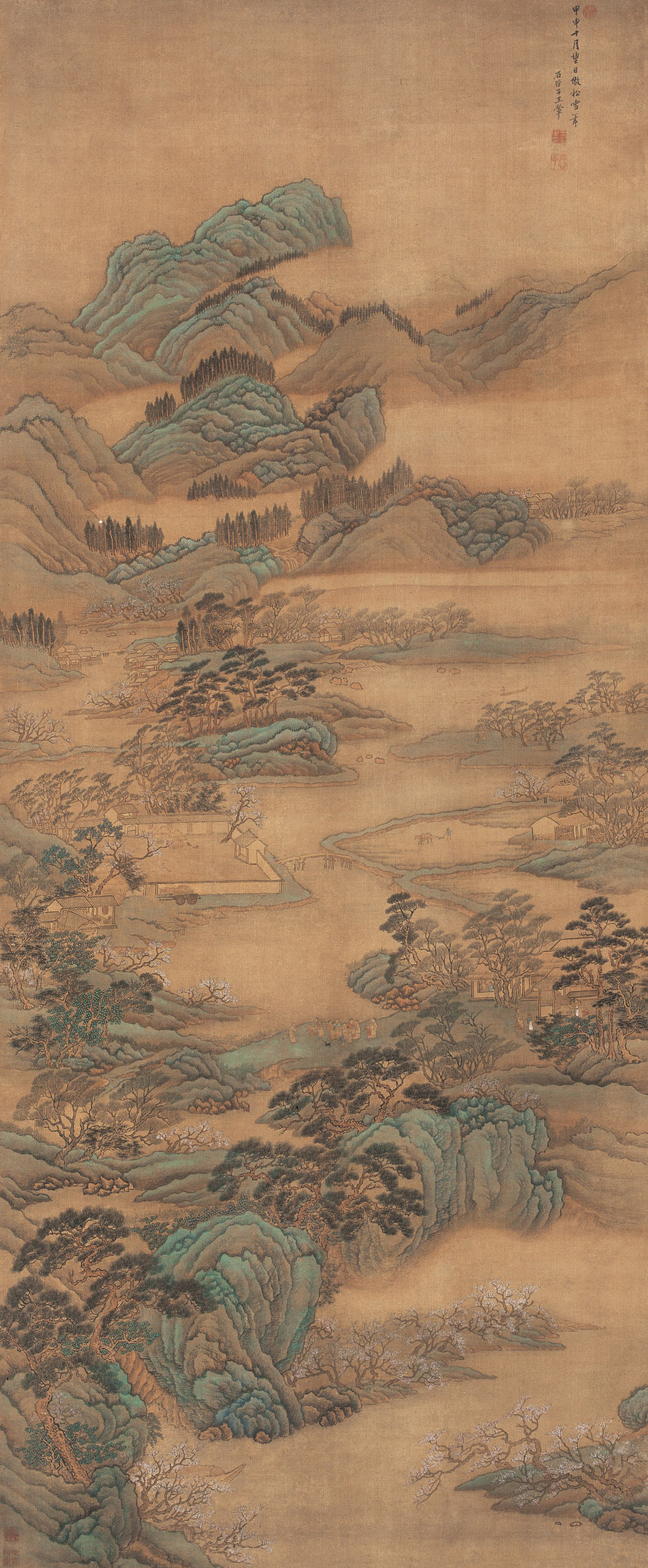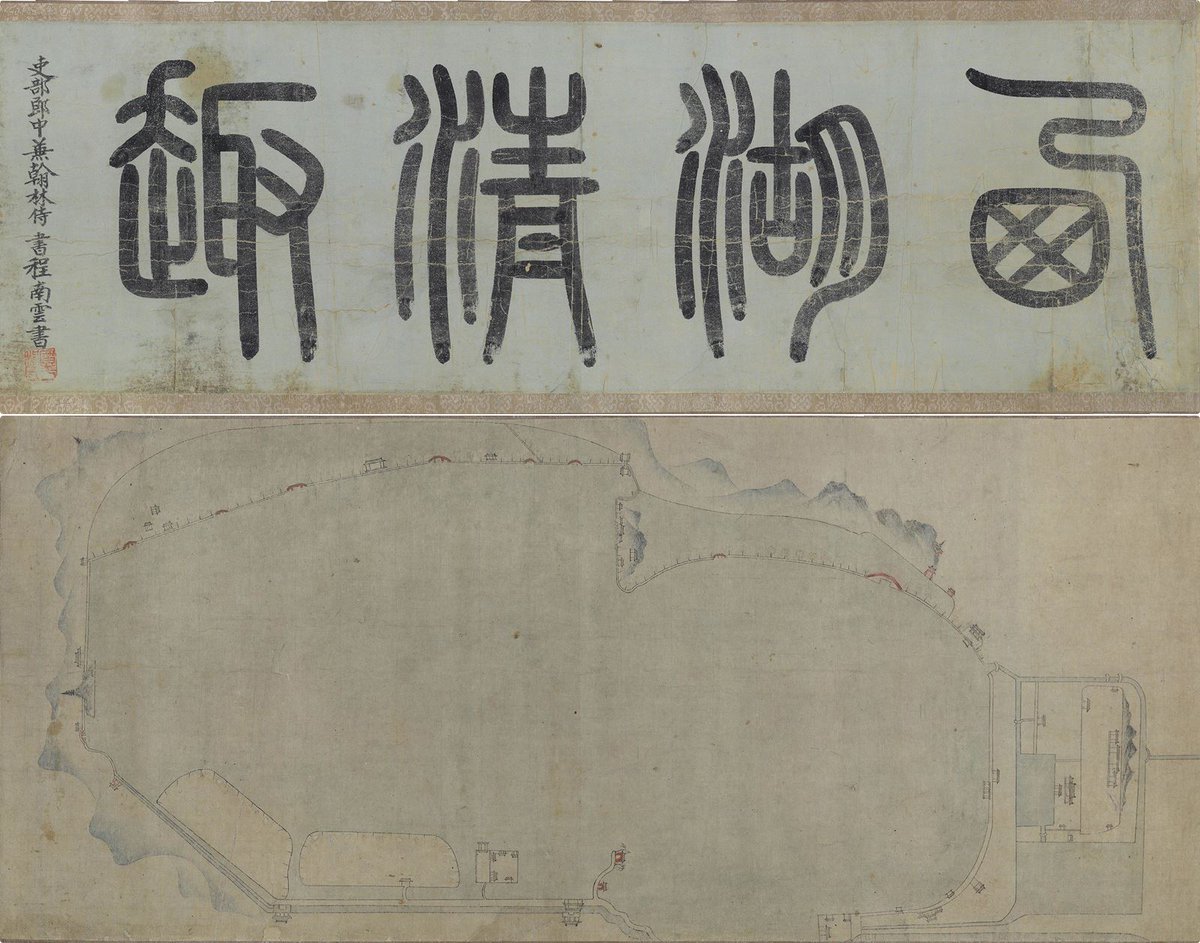Texte Maxine Trottier, illustrations Annouchka Gravel Galoucho. Extrait tiré du magazine littéraire Quill & Quire par Sheree Haughian
Van est un garçon vietnamien qui peut “voir ce qu’il y a au-delà de la prochaine colline”. Lorsqu’il trouve un bâton de teck dans la forêt près d’un temple saint, il reconnaît la valeur spirituelle du bâton. Bénie par Bouddha, la canne devient un talisman qui promet de le ramener sain et sauf à la maison. Quand la guerre éclate, bouleversant le mode de vie des habitants jusque dans les campagnes vietnamiennes : Van, munie de son précieux bâton, emmène sa famille hors du pays. La nouvelle terre assure la paix, mais le tapotement de la canne dans les rues étrangères évoque continuellement les histoires, les parfums et les images luxuriantes du Vietnam. Alors que les “vrilles” des histoires de Van “s’enroulent autour de son cœur”, sa petite-fille Lynn hérite du désir ardent que l’expatrié porte en lui, celui de rentrer chez lui. Elle retourne au Vietnam, plaçant le bâton au pied du Bouddha avec une prière de remerciement avant de s’en revenir dans son pays natal.
Le texte poétique de Trottier, l’histoire en cercle du folklore traditionnel dans un contexte moderne, s’harmonise parfaitement avec les illustrations de Galouchko. La couleur et les détails complexes évoquent le monde mystique du Vietnam sans napalm. Les images aident à créer un monde connecté et totémique, où l’œil vigilant du Bouddha est gravé dans le paysage avec des lignes délicates. Le lecteur voudra s’attarder sur les pages, attiré par la beauté rythmique de l’écriture et l’art exquis. Alors que les enfants seront intrigués par les images cachées et les éclats de couleurs du livre, les lecteurs plus âgés qui ont vécu l’aspiration d’un foyer dans une autre culture y trouveront un sanctuaire particulier.
J’ai hérité moi aussi d’une certaine nostalgie, celle de mes grands- parents russes paternels exilés au péril de leur vie en France à la fin de la révolution russe. Bien souvent, ma grand-mère nous racontait des histoires très touchantes de sa famille tant aimée restée là-bas ainsi que de sa terre natale perdue à tout jamais. Cet héritage subtil, mais très profond que j’ai reçu, relié au sentiment d’expatriation de mes grands-parents, m’a amené à chercher plus largement en moi-même la terre immuable, celle qui réside au cœur de chacun; celle qui a toujours été et qui sera toujours, la Terre pure immaculée, Notre Vraie Demeure ou la Nature originelle, termes que l’on retrouve dans plusieurs branches du bouddhisme.
Ainsi, en illustrant l’histoire du, The Walking Stick, tout comme Lynn l’héroïne de l’histoire, j’ai fait un voyage initiatique en y projetant visuellement mon grand désir de connaître un jour mon Vrai chez Soi indestructible. J’ai pu, par le processus de création, y relier totalement mon propre cheminement spirituel. Le contexte du récit était évidemment très inspirant pour que je puisse y exprimer plusieurs niveaux de lecture symboliques et visionnaires, annonciateurs également de mon parcours spirituel futur; la poursuite dix ans plus tard de la transmission du dharma dans une autre branche du Bouddhisme, le vajrayana, ou bouddhisme tantrique, qui permettra à ma quête de se poursuivre dans un contexte authentique.
Text Maxine Trottier, illustrations Annouchka Gravel Galoucho. Excerpt from Quill & Quire Literary Magazine by Sheree Haughian
Van is a Vietnamese boy who can “see what is beyond the next hill”. When he finds a stick of teak in the forest near a holy temple, he recognizes the spiritual value of the stick. Blessed by Buddha, the cane becomes a talisman that promises to bring him safely home. When the war breaks out, upsetting the way of life of the inhabitants to the Vietnamese countryside: Van, with his precious staff, takes his family out of the country. The new land ensures peace, but the tapping of the cane in the foreign streets continually evokes the stories, scents and lush images of Vietnam. As the “twists” of Van’s stories “wrap around his heart”, his granddaughter Lynn inherits the ardent desire of the expatriate to return home. She returns to Vietnam, placing the baton at the foot of the Buddha with a thank-you prayer before returning to her homeland.
The poetic text of Trottier, the circle story of traditional folklore in a modern context, is in perfect harmony with Galushko’s illustrations. The color and intricate details evoke the mystical world of Vietnam without napalm. The images help to create a connected and totemic world, where the watchful eye of the Buddha is carved into the landscape with delicate lines. The reader will want to dwell on the pages, attracted by the rhythmic beauty of writing and exquisite craftsmanship. While children will be intrigued by the hidden images and flashes of color in the book, older readers who have experienced the aspiration of a home in another culture will find a special sanctuary.
I also inherited a certain nostalgia, that of my paternal Russian grandparents exiled at the risk of their lives in France at the end of the Russian revolution. Very often, my grandmother told us very touching stories of her beloved family staying there and her lost homeland forever. This subtle, but very deep legacy I have received, connected with the feeling of expatriation of my grandparents, has led me to seek more broadly within myself the immutable land, the one that resides in the heart of each; the one that has always been and always will be, the pure immaculate Earth, Our True Abode or the original Nature, terms that we find in many branches of Buddhism.
Thus, by illustrating the story of The Walking Stick, like Lynn the heroine of the story, I made an initiatory journey by visually projecting my great desire to know one day my true indestructible Self. I was able, through the process of creation, to totally connect my own spiritual journey. The context of the story was obviously very inspiring so that I could express several levels of symbolic and visionary reading, also announcing my future spiritual journey; the continuation, ten years later, of the transmission of Dharma into another branch of Buddhism, vajrayana, or Tantric Buddhism, which will allow my quest to continue in an authentic context.










